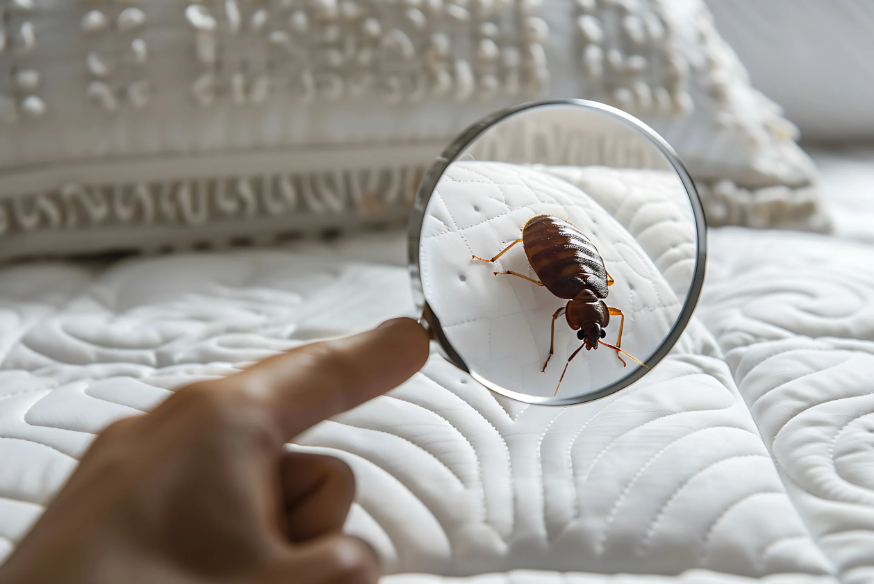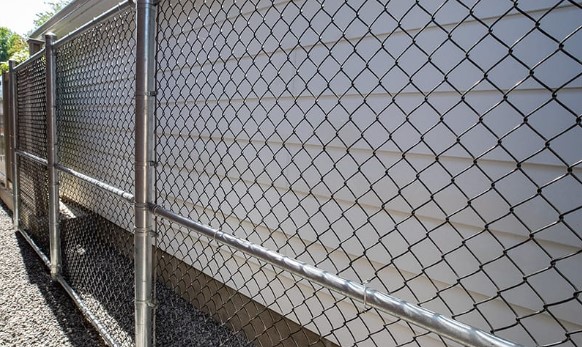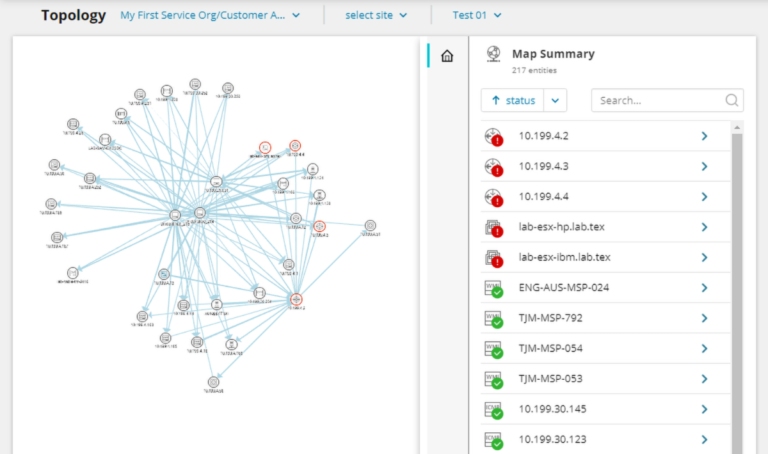Introduction
Bedbugs (Cimex lectularius) have been a persistent pest problem for centuries, causing discomfort, allergic reactions, and psychological distress. Traditional methods of bedbug control ( væggelus bekæmpelse ), such as chemical pesticides, heat treatments, and physical removal, have had varying degrees of success. However, bedbugs have developed resistance to many insecticides, making eradication more challenging.
As a result, researchers and pest control professionals are turning to innovative technologies to combat these resilient pests. This article explores the latest advancements in bedbug control, including genetic engineering, heat and cold treatments, biological controls, and smart detection systems. These emerging technologies promise more effective, eco-friendly, and long-term solutions to bedbug infestations.
1. Challenges in Traditional Bedbug Control
Before delving into new technologies, it is essential to understand why traditional methods often fail:
- Pesticide Resistance: Bedbugs have evolved resistance to common insecticides like pyrethroids, reducing the effectiveness of chemical treatments.
- Hidden Infestations: Bedbugs hide in cracks, electrical outlets, and furniture, making complete eradication difficult.
- High Reinfestation Rates: Without thorough treatment, bedbugs can quickly return, especially in multi-unit housing.
- Health and Environmental Concerns: Overuse of chemical pesticides poses risks to humans and pets.
These challenges highlight the need for more advanced and sustainable solutions.
See also: Rapidhomedirect .Com: Rapidhomedirect.Com: a Platform for Home Services
2. Heat and Cold Treatments: Non-Chemical Approaches
a. Thermal Remediation (Heat Treatment)
One of the most effective non-chemical methods is heat treatment, where infested areas are heated to temperatures above 120°F (49°C), which kills bedbugs at all life stages.
Advancements in Heat Technology:
- Portable Heating Systems: New portable heaters allow for targeted treatments in specific rooms or furniture.
- Infrared and Microwave Heaters: These technologies penetrate deeper into walls and furniture, reaching hidden bugs.
- Smart Heat Sensors: IoT-enabled sensors ensure consistent temperatures, preventing under- or over-treatment.
b. Cryonite (Freezing Treatment)
Cryonite uses carbon dioxide snow to freeze and kill bedbugs on contact. It is particularly useful for treating electronics and delicate items that cannot withstand heat.
Improvements in Cryonite Technology:
- Faster Application Systems: New nozzles improve coverage and reduce treatment time.
- Eco-Friendly: Unlike pesticides, Cryonite leaves no chemical residue.
3. Biological Control: Natural Predators and Fungal Pathogens
Scientists are exploring biological methods to bedbug control ( væggelus bekæmpelse ) populations without chemicals.
a. Fungal Biopesticides
Certain fungi, such as Beauveria bassiana, infect and kill bedbugs. Recent studies show that fungal spores can be applied like traditional pesticides but with lower toxicity to humans.
Advancements:
- Longer Shelf Life: New formulations keep fungal spores viable for extended periods.
- Targeted Delivery: Spores can be applied in cracks and crevices where bedbugs hide.
b. Natural Predators
While not yet widely used, some researchers are investigating predatory insects that feed on bedbugs. However, introducing predators into homes poses practical challenges.
4. Genetic and Molecular Approaches
a. RNA Interference (RNAi)
RNAi technology disrupts bedbug genes essential for survival, such as those involved in reproduction or digestion.
Potential Benefits:
- Species-Specific: Targets only bedbugs, reducing harm to other organisms.
- Overcomes Resistance: Unlike chemical pesticides, RNAi can bypass resistance mechanisms.
b. Sterile Insect Technique (SIT)
This method involves releasing sterilized male bedbugs into the wild, reducing reproduction rates over time. While still experimental, SIT has been successful in controlling other insect pests.
5. Smart Detection and Monitoring Systems
Early detection is crucial in preventing large-scale infestations. New technologies are making it easier to identify bedbug presence before they spread.
a. Electronic Detection Devices
- Bedbug Sniffing Dogs: While not new, trained dogs remain highly effective, but electronic sensors are being developed to mimic their accuracy.
- AI-Powered Sensors: Smart traps with AI can differentiate bedbugs from other insects, sending alerts to homeowners or pest control services.
b. Smartphone Apps and IoT Integration
- Image Recognition Apps: Users can upload photos of suspected bugs for instant identification.
- Smart Traps with Wi-Fi: These traps monitor activity and send real-time data to pest control professionals.
6. Future Prospects and Challenges
While these technologies show promise, several hurdles remain:
- Cost and Accessibility: Advanced treatments like RNAi and heat systems may be expensive for widespread use.
- Regulatory Approvals: New biopesticides and genetic methods require extensive testing before commercial release.
- Public Awareness: Many people still rely on outdated methods, so education on new technologies is essential.
Conclusion
The future of bedbug control lies in a combination of advanced technologies, from heat treatments and biological controls to genetic engineering and smart detection systems. As research progresses, these innovations will likely become more affordable and accessible, offering more effective and sustainable solutions.
For now, integrated pest management (IPM)—combining chemical and non-chemical methods—remains the best approach. However, with continued advancements, we may soon see a world where bedbug infestations are easier to prevent, detect, and eliminate than ever before.
Final Thoughts
The battle against bedbugs is far from over, but science and technology are providing powerful new weapons. By embracing these innovations, homeowners, businesses, and pest control professionals can look forward to a future where bedbugs are no longer an uncontrollable nuisance.







